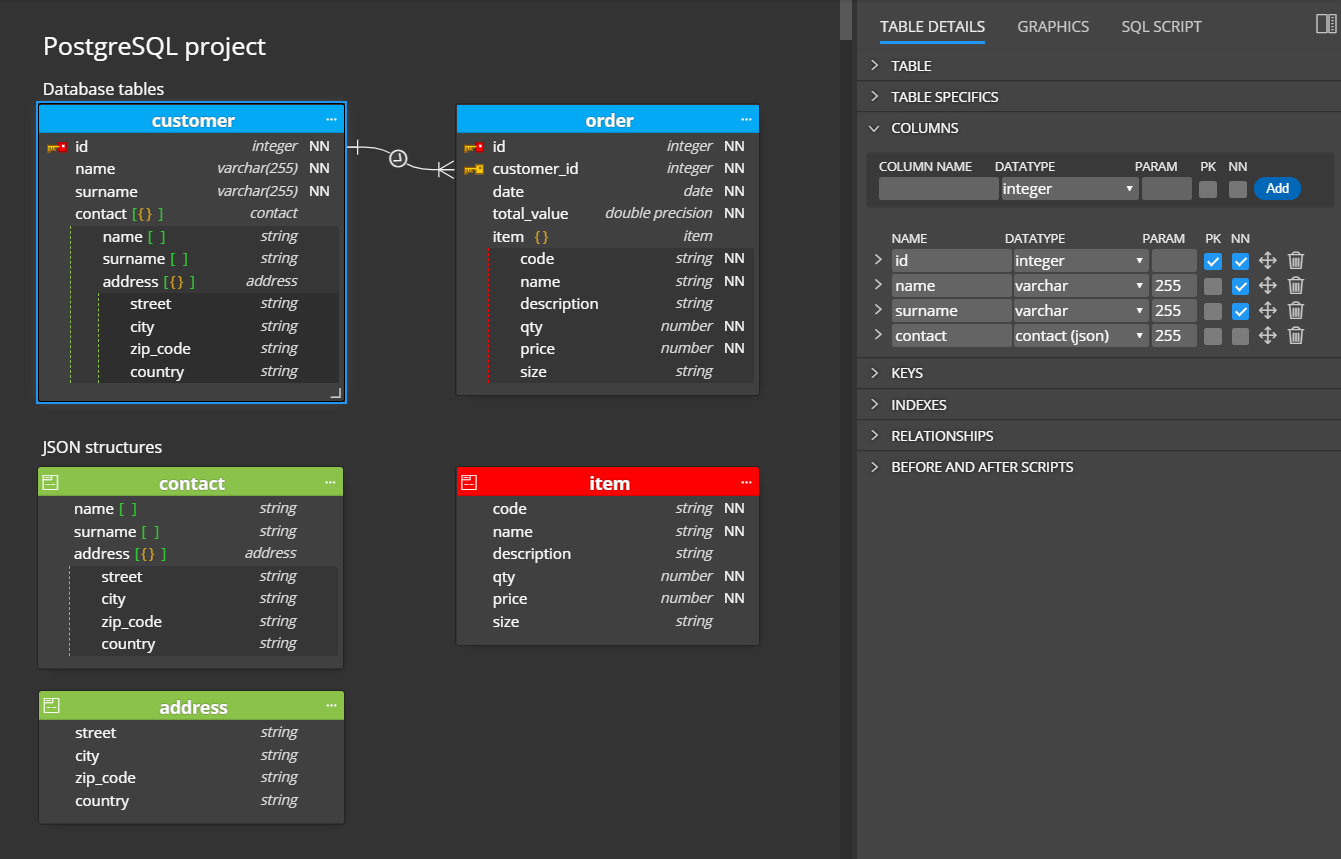

Since NoSQL databases don't adhere to a strict schema, they are more flexible and don't need extensive planning before deployment. Unlike SQL databases, NoSQL (Not only SQL) stores unstructured or semi-structured data, usually in the form of documents such as JSON, XML, graphs, images, etc. Some popular SQL database management systems (DBMS) are: Durability: A complete and finalized database transaction cannot be rolled back, even in the case of system failure.Isolation: You can run concurrent queries and transactions, but they cannot affect each other.Consistency: Corruption and unauthorized modification of data must be prevented through measures for authentication and validation.They cannot be left partial or incomplete, even in the case of system failure. Atomicity: All database transactions must either result in complete success or complete failure.SQL databases follow the ACID (Atomicity, Consistency, Isolation, Durability) principle, whose basic tenets are However, adding more servers to the network is not very cost-effective. You can increase an SQL database's performance by upgrading the database server's hardware. This is achieved through restrictions on data types, primary keys, secondary keys, etc. Several in-built constraints give SQL databases higher security than other database types. Thus, you need to carefully plan the structure of the tables and their relationships before you deploy your database.

They store highly structured data in related tables of rows and columns. Having covered the basics, let's dive into the technical features of SQL databases. Thus, SQL databases are classified as relational databases. SQL tables consist of rows and columns, where each row is a single record, and each column is a single piece of information about that record.Īn SQL database consists of multiple tables related to each other through shared columns. These databases are used to store structured data in the form of related tables. So, SQL databases are those that use SQL to run their queries. These actions are known as "queries" in programming. Structured Query Language (SQL) is a programming language that allows us to add, retrieve, and modify data from database tables. So keep reading if you want to learn more. These are the questions we'll be tackling in this blog post. How does this difference in data structure impact their use and application? And what advantages do each hold over the other? On the other hand, NoSQL databases store unstructured or semi-structured data such as documents and images. SQL databases store data in related tables of rows and columns. At present, there are two dominant approaches to managing data: Managing data is an indispensable task in modern technology.


 0 kommentar(er)
0 kommentar(er)
